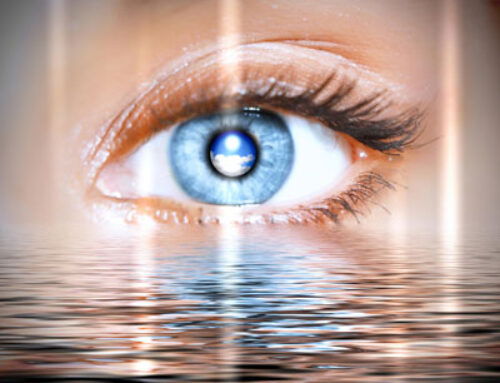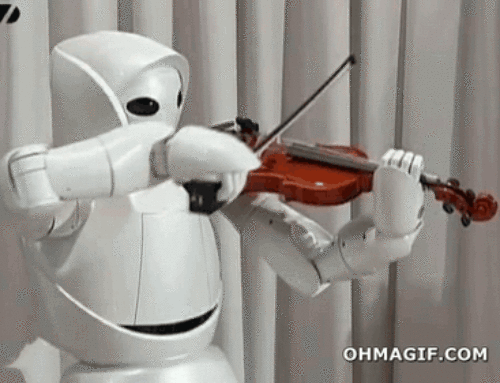This month I’m posting excerpts from earlier drafts of Jellyfish Have Eyes that feature the relationships between Ricardo Stzein and other key characters in the novel.
Ricardo’s troubles began when he was browsing through a book he purchased on vision in invertebrates. He had studied the eyes of chicken and mice for twenty years, but knew little about vision in animals that fascinated him most, those that were called “primitive” because their ancestors were so ancient. That was a paradox that Ricardo never resolved. The most ancient derived, most adapted, most successful animals were considered primitive, somehow “less” than we modern vertebrates. He attributed this strange dispensing of the aged to the cult of youth. Initially this was simply intellectual amusement on his part, but with the passing years it became irritating, increasingly frustrating, and, finally, sad. It never occurred to Ricardo until the trial that the secondary status of the so-called primitive invertebrates was a recent development cultivated by the Relevancers.
Ricardo’s work on jellyfish was an adventure from the beginning until its sad end when the heavy gavel of the judge came crashing down to terminate the trial. At first, despite the fact that basic research had never before received such high government support in its history or seen so many novel reports appear in the literature, Ricardo had extreme difficulty in locating anyone who was even aware that jellyfish had eyes. How was it possible that the United States had established a world-renowned organization devoted to eye research, the Vision Center in the American Society of Medical Sciences, and yet were unaware that jellyfish could see? And when told that jellyfish had eyes with retinas, lenses, corneas, all the same tissues that were supposedly of such interest to the ruling body of vision scientists, the response was as silent as the mysterious animals in which these curious eyes resided. Few if anyone wondered what jellyfish might see, what kinds of eye problems a jellyfish might have, or how jellyfish vision originated. Certainly no one ever considered the possibility that the jellyfish eye was at the root of human thought, as Ricardo’s experiments suggested, and apparently no one cared.
The most amazing fact that struck Ricardo when he started his jellyfish work was that this ignorance and indifference to a research area of such obvious importance, at least to Ricardo, co-existed with a frenzy of activity in flies throughout the research community. Several Nobel Prize had even been given for research in fly genetics. It took time for Ricardo to recognize the enormous chasm across the thin line that separated the enslavement of flies to humans from their autonomy as living forms with individual dignity. It was not until the trial that he understood why scientists always spoke so highly of finding universal truths and general principles. Those lofty scientific threads could be woven directly into forms that nourished human needs. The human connection! Anything less was idle curiosity. Although Ricardo recognized the power and beauty of generalities, he appreciated the ingenuity of novel solutions to unique biological problems.
Why was Ricardo so alone in feeling this way, and why was curiosity demonized?






Leave A Comment